A samurai is a Japanese warrior. These fighters have been training since childhood in sword fighting, archery and hand-to-hand combat. Each soldier swears loyalty to a lord (daimyo). The Japanese samurai follows the bushido code which is based on 7 principles.
The samurai is one of the emblematic symbols of the country of the rising sun. It has influenced Japanese culture, art, films, manga and also the world of fashion.
in this complete guide we will see:
- What is samurai?
- The training of the samurai
- The weapons of the samurai
- The samurai code of honor
- The glory times of the samurai
- The Japanese Samurai folklore
WHAT IS A SAMURAI?
 Source image IFrAgMenTIx / Discover just below what is a samurai warrior
Source image IFrAgMenTIx / Discover just below what is a samurai warrior
1. Meaning of Samurai
The warrior class of a samurai started with the Shogun period! We will see that later in this article
2. The different types of samurai
There are three different types of Japanese feodal warrior. The ronin is a samurai without a master. A samurai becomes a ronin if his master rejects him or if the master dies. A ronin is a samurai refusing to die with seppuku ceremonial, that is a suicide ritual. The warrior opens his belly with a small katana to follow his master in death. Japanese society despised Ronin Samuraï…
The Hatamoto is a subject of the shogun. He lives in his master's castle.
TRAINING OF THE SAMURAI
 Japanese training with katana samurai sword / Adobe Stock Licence Image
Japanese training with katana samurai sword / Adobe Stock Licence Image
Every samurai must follow a training course. The education of the samurai begins when he is very young. The apprenticeship is very strict. Each pupil goes to a martial arts school. He is taught to fight, to follow orders and to respect hierarchy. He can’t express his emotions.
The apprentice samurai trains in the warrior arts. He has to become an expert in the use of edged weapons, sword fighting, horse riding, archery, martial arts, wrestling.
The young samurai must also learn Japanese calligraphy, and follow the principles of the Shinto religion. A samurai must be an expert in combat, but he must also be intelligent and stimulate his mind on a daily basis.
The legendary samurai Miyamoto Musashi dedicated his life to the art of combat. He has more than 60 victories in single combat! The samurai's life is sober and strict. The samurai's ultimate goal is to be strong on the battlefield while respecting the rules of the bushido code.
SAMURAI BUSHIDO CODE
 The seven virtues of bushido
The seven virtues of bushido
1. What is bushido?
A samurai warrior follows an ethical code: Bushido or the « Way Of The Warrior » The samurai caste follows particular values and rules. This code of conduct is inspired by Zen Buddhism. Each samurai warrior must be courageous, virtuous and loyal. He must sacrifice his life for his master. He must protect him against his enemies and follow his orders without hesitation.
The spiritual quest of the samurai is guided by the Hagakure, it is the samurai's bible throughout his life.
2. The 7 main principles of samurai bushido code
- Rei: respect
- Meiyo: honour
- Yu: courage
- Jin: compassion
- Gi: integrity
- Chu: Loyalty and duty
- Makoto: sincerity and honesty
SAMURAI WOMEN
 Japanese woman samurai with an authentic katana blade.
Japanese woman samurai with an authentic katana blade.
1. What is an Onna Bugeisha?
Onna-bugeisha are samurai women. Like samurai fighters, they protect their territory when the men are at war or absent. They can also fight on the battlefield. They learn the art of combat and archery on horseback...There are several samurai women who have left their mark on the samurai culture.
2. Empress Jingū
This Japanese warrior conquered Korea around the year 200 and is one of the legends of the Japanese folklore. The Japanese history shows us that the Korean army was defeated during this invasion thanks to Japanese deity intervention.
3. Tomoe Gozen
She is also a samurai woman known for her talents and was the finest example of a female captain in the Minamoto period
SAMURAI WEAPONS
The samurai warriors wear an armour to protect themself against the attacks of their enemies.
1. Samurai armor
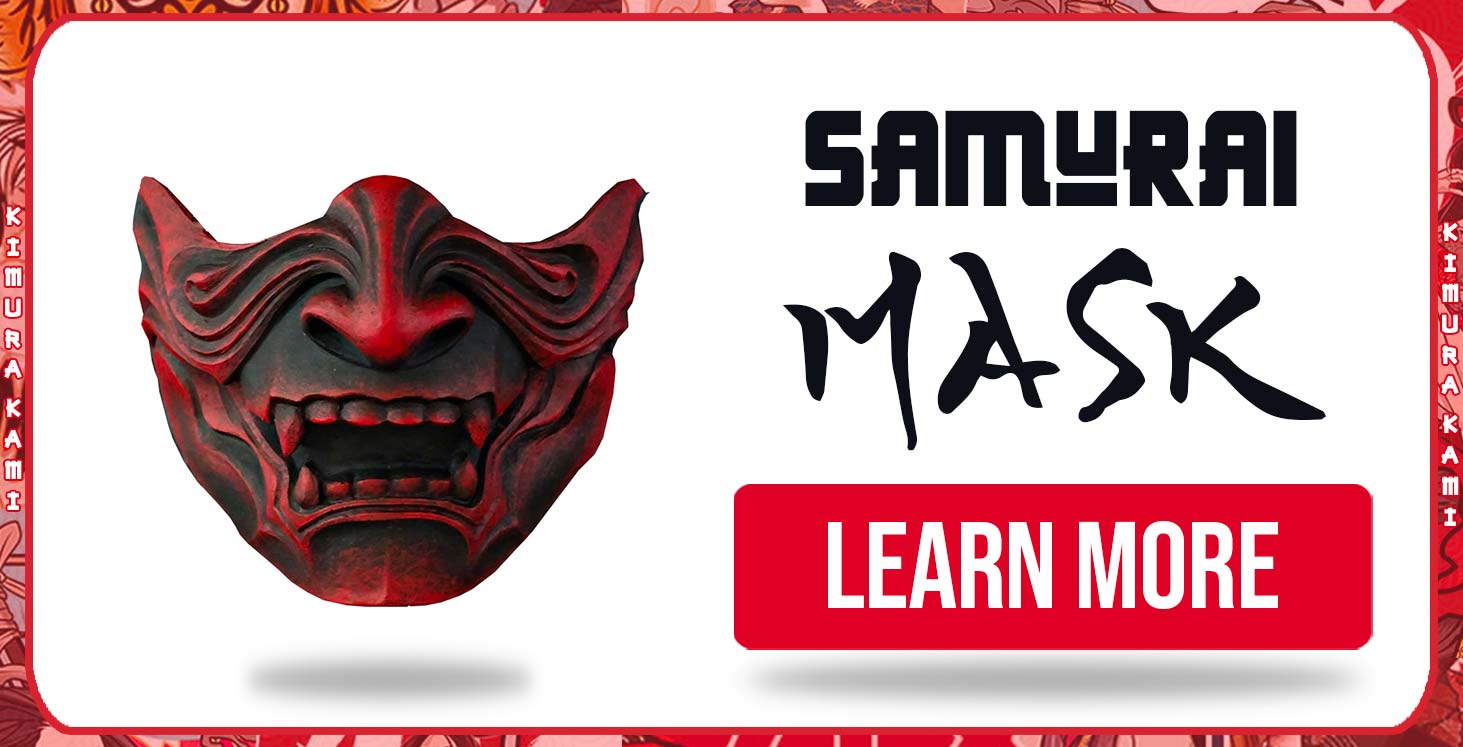 The samurai Dragon face mask can be used for airsoft, halloween mask party or decoration. It symbolises the Japanese dragon Kami !
The samurai Dragon face mask can be used for airsoft, halloween mask party or decoration. It symbolises the Japanese dragon Kami !
A memo: it is a Japanese mask that symbolizes an Oni demon or a yokai. A kabuto: it is the samurai helmet. Some noble bushi or army chiefs wear a two-horned helmet. The breastplate protects the torsos of the warriors, they are made of leather and steel. The arms and legs are also protected with steel plates, Mobility is important for warriors during combat. The body is protected by a mixed steel and leather armour, covered with iron plates. The limbs are equipped with several protections designed to maintain good mobility during combat.
2. Samurai weapon
The samurai’s sword is the famous katana. This sword represents the samurai. The wakizashi, or shorter blade with multiple uses and the tantô, a small dagger which was notably used for hara-kiri. On the other hand, the samurai commonly used the yumi, a Japanese bow, and the yari, the spear.
3. The weapons of the Onna Bugeisha
They use a different weapon than the men. They fought with a naginata that is a short sword.
GOLDEN AGE SAMURAI PERIOD
 Image Source internationalphotomag / On the left a Japanese Samurai tattoo in a onsen (public Japanese bath). On the right the traditional samurai helmet
Image Source internationalphotomag / On the left a Japanese Samurai tattoo in a onsen (public Japanese bath). On the right the traditional samurai helmet
During feudal Japan, there were two great powers.
- The military government hold by the shogun, He is the armies chief officer…
- The religious power of the emperor (descendant of the Kami gods)…
Thanks to the shogunate, the first samurai became a warrior elite. In the 12th century, two great Japanese clans started a war: the Minamoto clan and the Taira clan.
1. Heian Period (794-1185)
In the 12th century, the samurai rised in power with the Minamoto clans and their opponents the Taira, who gradually took over the political power hitherto held by the emperor and the court in Kyoto.
The Minamoto clan won the Great Genpei War, It was the beginning of the Bafuku period and Kamakura period. The samurai imposed a dictatorship. The emperor had a puppet role and all the powers belonged to the Shogun. The servants of the Shogun (samurai) obtain hereditary social rights and privileges. That was the beginning of the Shogunate period. The Muromachi period and Tshogunate, and then the Tokugawa period lasted seven centuries.
2. Sengoku Period
During the Sengoku era around the 16th century, the samurai class obeyed only one law, that of the strongest, leading to the terror of the inhabitants. They quickly rose to the highest rank and had many castles and dojos built.
3. Edo Period
It’s also the Tokugawa period. That samurais became civil servants of the state. Far from the barbarism of the past, a new and wiser samurai appeared.
4. Meiji Period
The emperor regained power in 1868. The meiji restoration period symbolises the end of the samurai period and the beginning of modern Japan.
WHEND DID THE SAMURAI END?
 Photography by PhelanDavion / Samurai defeated with black armor and katana swords
Photography by PhelanDavion / Samurai defeated with black armor and katana swords
In 1868, the land of the rising sun opened its doors to the west. It was a period of technological and political modernisation!
In the Meiji era, the samurai warriors caste lost its privileges. Japanese History underlines that some of them join the class of the noble shizoku... In 1876, the wearing of the katana sword by the samurai was forbidden. Their rents were suppressed! The samurai had to adapt to the change. But some couldn't bear the loss of their privilege, they resisted. In 1877 the samurai led their last rebellion against the reform of the army, that was the end of the samurai. The film "The Last Samurai" directed by Edward Zwick was inspired by this period!
DO THE SAMURAI STILL EXIST?
Nowadays, samurai are considered a symbol of Japan. You can see samurai in Manga such as Samurai 8, Samurai champloo, Kenshin the wanderer, Samurai etc... The philosophy of the samurai is still present in the Japanese martial arts which take up the values of bushido. The sense of honour and duty are very important in Japan. Yakuza gangsters also have a code of honour (And yes, it's quite paradoxical)!
If you love the world of the samurai, then we advise you to discover the samurai collection. You will discover traditional Japanese clothing, Japanese decoration and accessories such as the samurai mask.





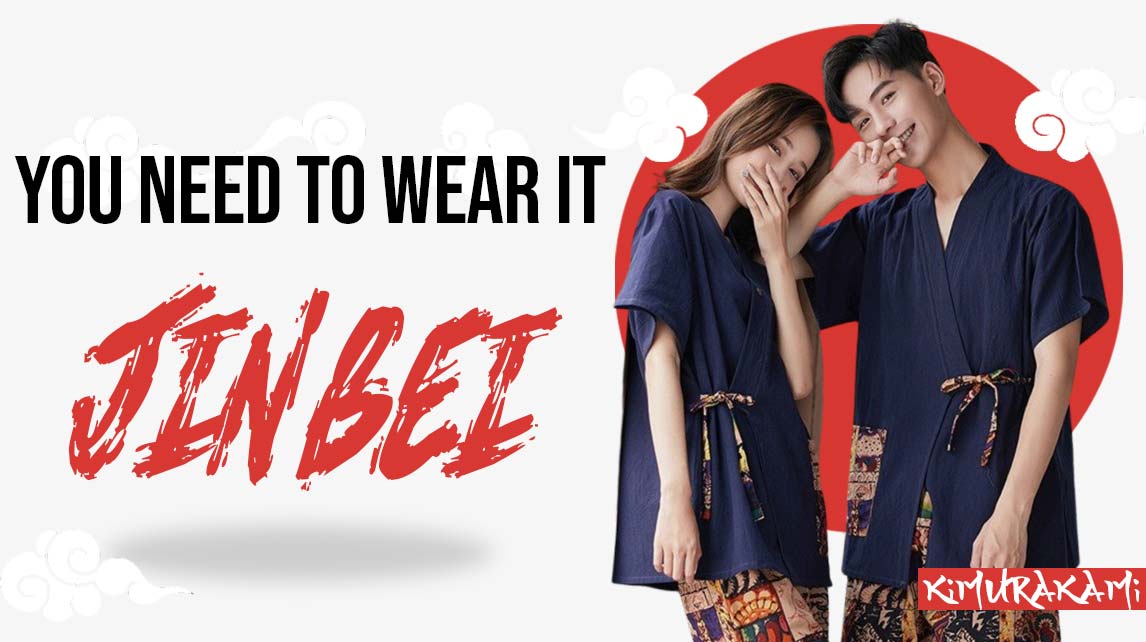
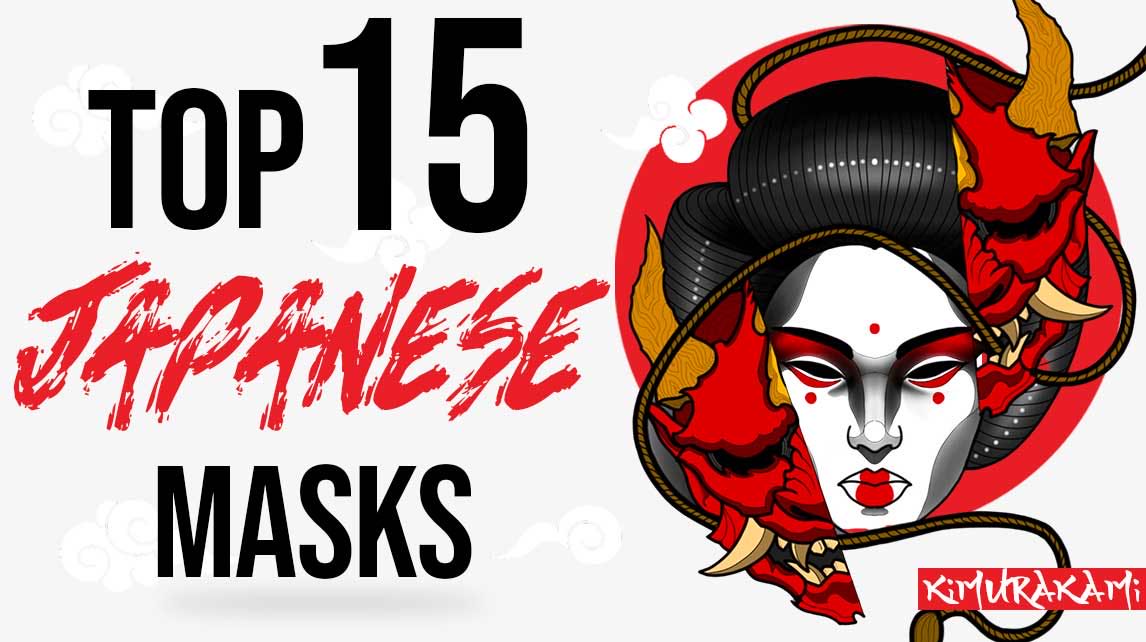

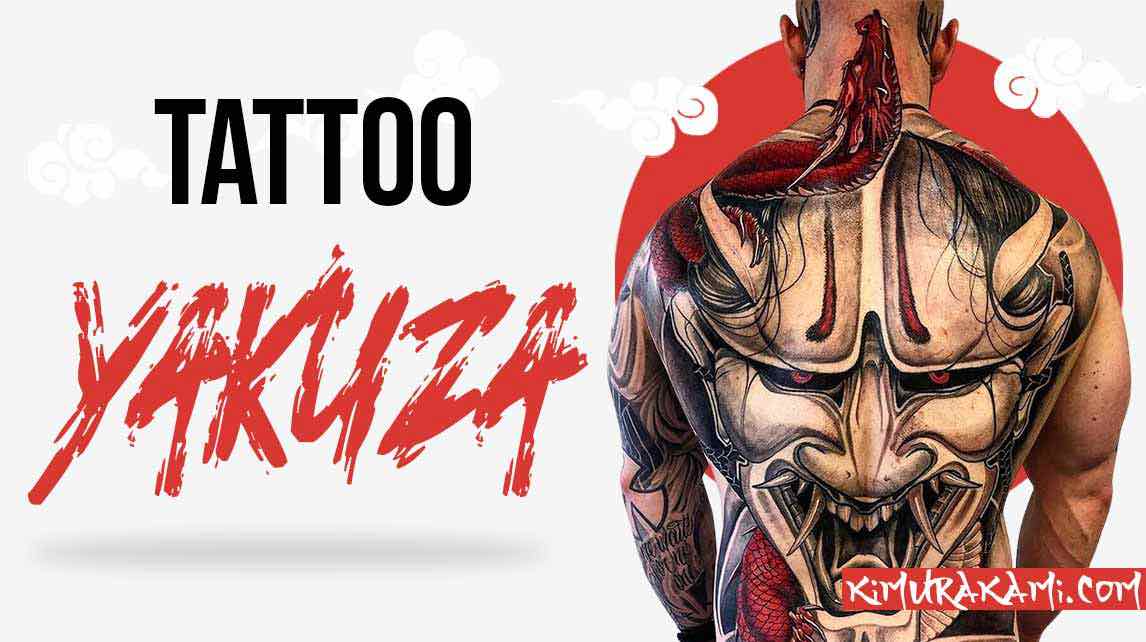
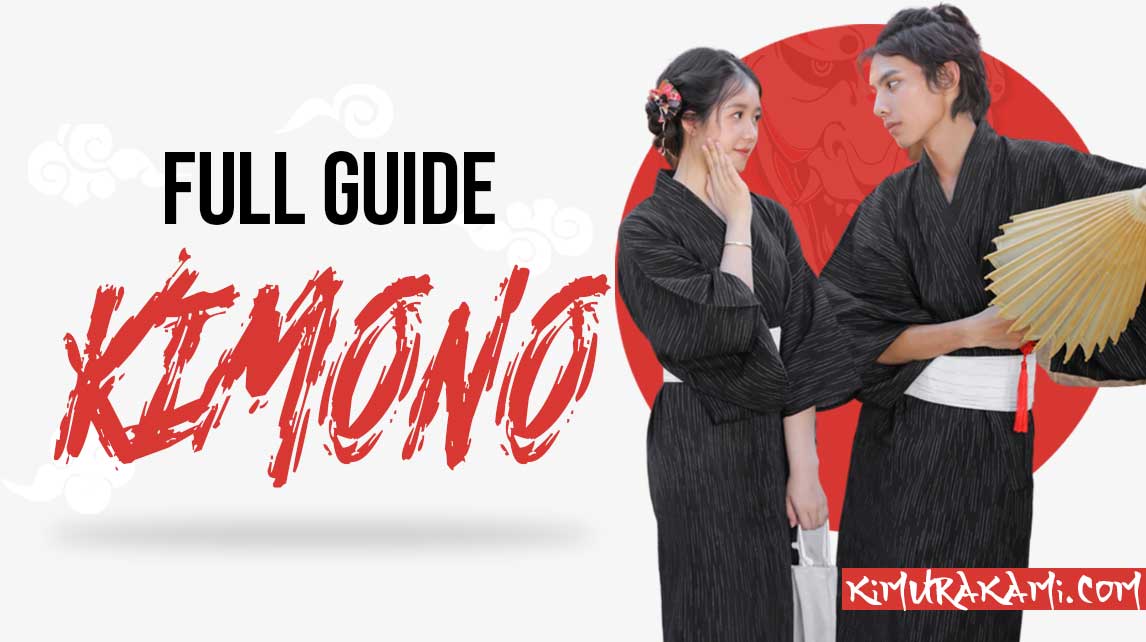
Leave a comment